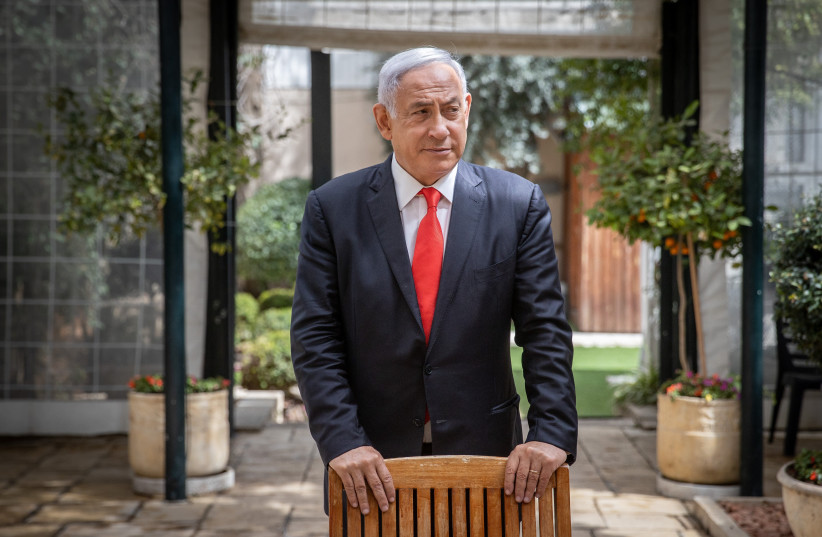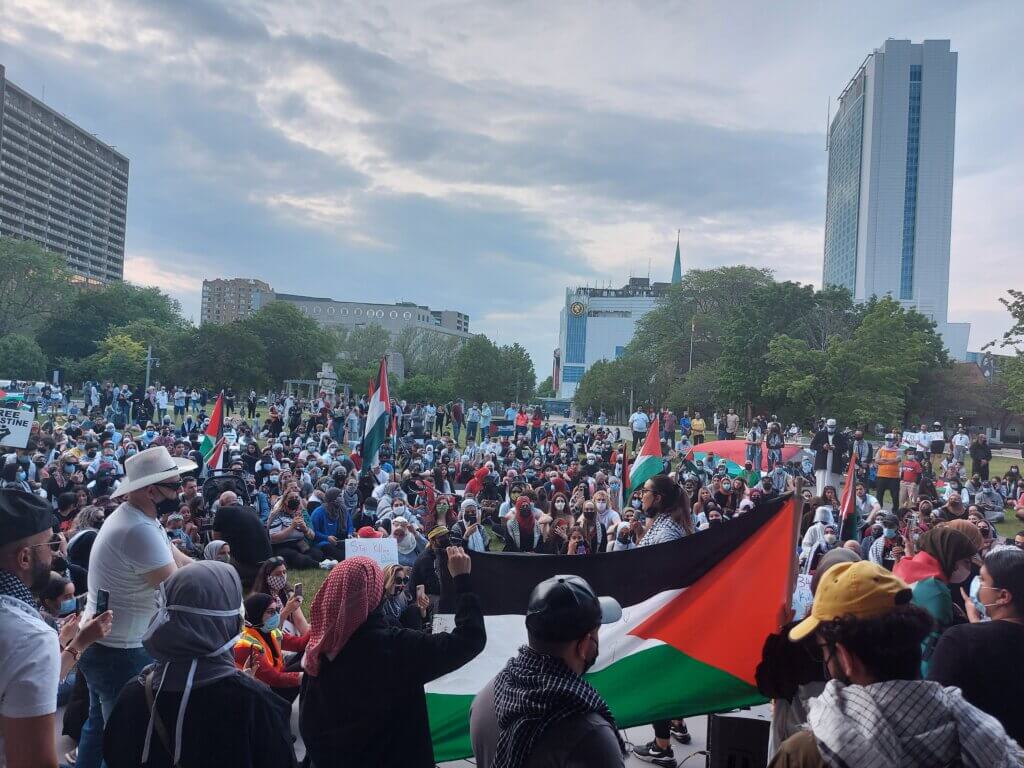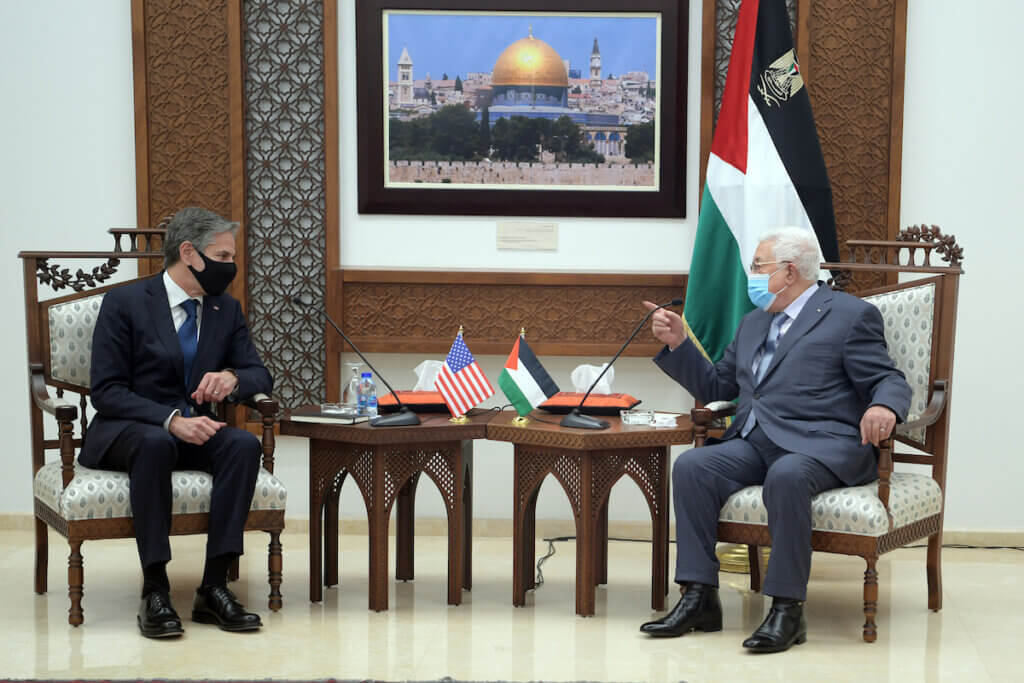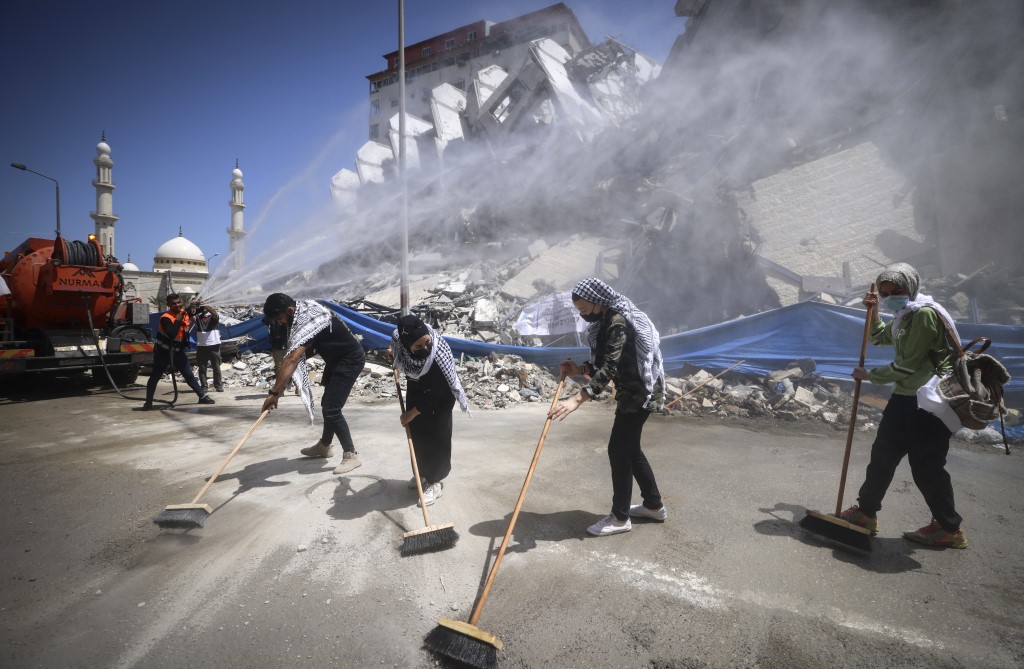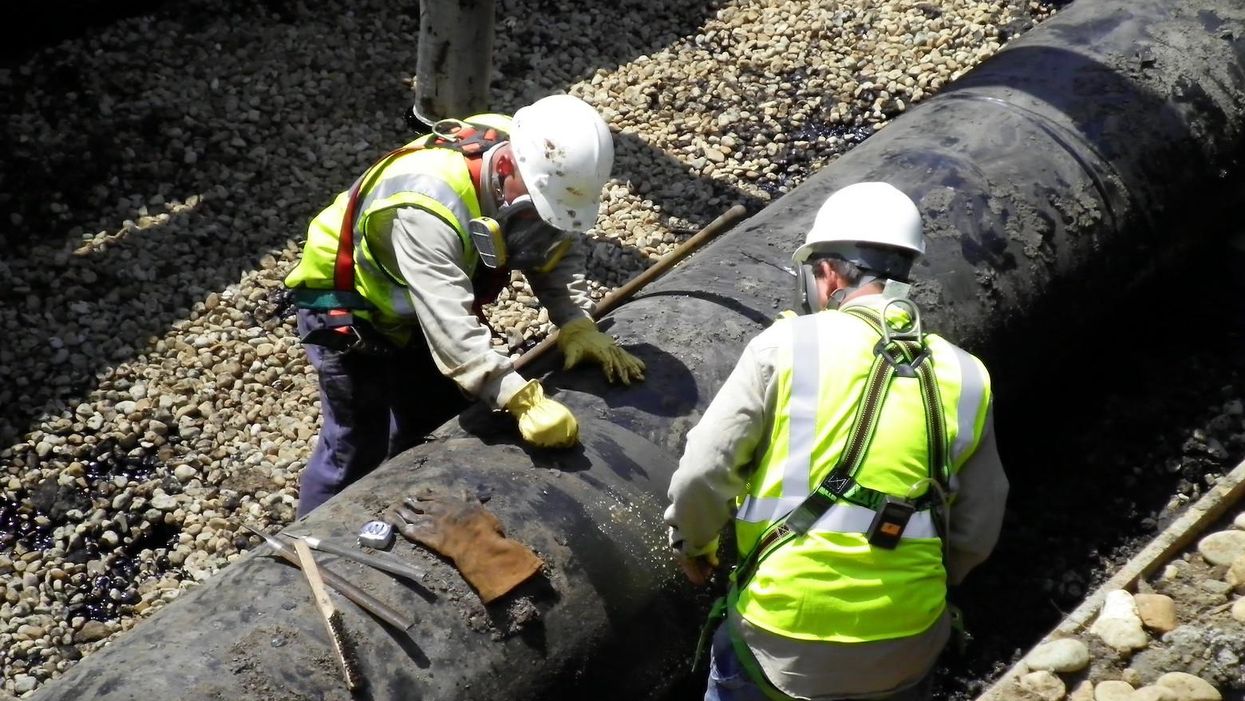
USEPA
Technicians in personal protective equipment prepare pipe before cutting and removing the section from the Enbridge pipeline oil spill site near Marshall, Michigan.
Sonali Kolhatkar and
Independent Media Institute May 28, 2021
A decades-old pipeline called Line 3, run by the Canadian company Enbridge, is in the midst of a controversial upgrade sparking fierce resistance from Indigenous communities living along the route. Line 3 is being replaced in order to enable the transport of nearly 800,000 barrels of dirty tar sands crude oil per day from Calgary, Canada, to Wisconsin. The majority of the pipeline cuts across northern Minnesota through the heart of lands where the Anishinaabe people have treaty rights to hunt, fish and harvest wild rice and maple syrup.
Line 3 joins a growing list of controversial oil pipeline projects targeted by the burgeoning Indigenous-led climate justice movement. In his last year in office, President Barack Obama responded to the powerful and internationally hailed convergence at Standing Rock in South Dakota by halting work on the Dakota Access Pipeline project. Almost a year earlier, he had canceled the Keystone XL pipeline—which was another major target of climate protesters. Entering office in January 2017, President Donald Trump promptly revived both projects and eventually greenlit the Line 3 pipeline. Once Joe Biden entered the White House in early 2021, he canceled the doomed Keystone Pipeline but has yet to take action on reversing Trump's approval of DAPL or canceling the Line 3 project.
Indigenous leaders, embodying the spirit of Standing Rock five years ago, have been resisting the Line 3 replacement project and are now calling on all Americans, including those who are not Indigenous, to join them for what is being called a "Treaty People Gathering" from June 5 through 8 to demand an end to the project. One of them is Nancy Beaulieu, co-founder of the Resilient Indigenous Sisters Engaging (RISE) Coalition, and the northern Minnesota organizer for 350.org. Beaulieu explained to me in an interview that, "as Indigenous people, we have the inherent responsibility to protect the waters and all that is sacred. And as settlers—people who signed those treaties with our ancestors—they have an obligation to uphold those treaties." In other words, "everyone has a responsibility to the treaties" signed with tribal nations.
Non-Indigenous Americans have largely forgotten not only that we have treaty obligations, but also that we live in a nation with a bloody history of settler colonialism. Former Republican Senator Rick Santorum demonstrated that ignorance in his tone-deaf comments on CNN—which later got him fired—when he said, "We birthed a nation from nothing. Yes, there were Native Americans, but there isn't much Native American culture in American culture."
Leaders like Beaulieu are determined to fight such erasure by reviving the conversations around treaty obligations and how the fight against pipelines and climate change is central to Indigenous stewardship of the natural world. She sees the June gathering as building on the Standing Rock mobilization and the Keystone pipeline activism, saying it is "the same exact thing but with different tribes."
According to Beaulieu, President Biden could cancel the Line 3 project with "the stroke of a pen," and she is perplexed about why he doesn't just do so. When the president convened a virtual climate summit in April with dozens of world leaders, he pledged to slash the U.S.'s greenhouse gas emissions by 50 percent in less than a decade. That is an enormously ambitious goal—one that would only be helped by a cancelation of the Line 3 pipeline project.
"Not only should Biden stop Line 3 but he should also step in and stop these corporate giants responsible for the mess they're leaving us in in this beautiful country of ours," said Beaulieu. Instead, she worries that "corporations are just buying their way through lobbying our politicians."
When politicians do stand in their way, companies like Enbridge respond with shocking impunity. Take the case of Michigan where Gov. Gretchen Whitmer last year demanded the closure of another decades-old pipeline run by Enbridge called Line 5. That pipeline, first built in 1953, carries more than half a million barrels of crude oil per day under the Great Lakes and has had dozens of leaks over the years, spilling more than a million barrels across its length. Michigan's Great Lakes hold more than a fifth of the entire world's fresh surface water and remain in jeopardy as the aging Line 5 pipeline continues to operate. Rather than comply with Gov. Whitmer's order, Enbridge, backed by the Canadian government, simply refused to shut it down.
Enbridge is taking a similarly defiant position in northern Minnesota with its continuation of the Line 3 replacement project in the face of mass opposition. Shockingly, the company is even going as far as anticipating police responses to protesters by paying into an escrow account to reimburse local Minnesota law enforcement departments for costs related to policing the resistance. In other words, a Canadian fossil fuel corporation is essentially hiring public servants to protect their private financial interests against the public.
Pipelines leak. That fact is as inevitable as greenhouse gas emissions fueling climate change. The United States has the largest number of pipelines, both existing and planned, than any other nation on the planet. According to Greenpeace, Enbridge's pipelines have leaked hundreds of times, spilled millions of gallons of hazardous material, and contaminated water at least 30 times. The original Line 3 project suffered the largest inland oil spill in the nation's history in Minnesota in 1991, and Enbridge's Michigan Line 5 pipeline dumped hundreds of thousands of barrels of tar sands into the Kalamazoo River in 2010. So, when Indigenous leaders like Beaulieu say their treaty rights to pristine land and water are threatened by Line 3, the facts are on their side.
While the fate of our planet and human life remains precarious in the face of ongoing emissions and a changing climate, fossil fuel companies have been laughing all the way to the bank. According to one analysis, since 1990, when the impact of emissions on the climate was well established, the top four largest oil and gas companies on the planet accumulated nearly $2 trillion in profits. "It's about power," said Beaulieu. "It's about the 1 percent and who's going to be in charge of our government."
However, the climate justice movement is slowly winning. A Dutch court recently ordered Royal Dutch Shell—one of those top four profitable companies—to slash its emissions by 45 percent by the year 2030 in a remarkable and historic case that could inspire similar legal challenges to other oil and gas companies. Another one of the big four—ExxonMobil, which is the U.S.'s most profitable oil corporation—is being challenged internally by an investor shareholder who ousted two board members over the company's climate policies. It was the first time such a thing happened, prompting one analyst to exclaim, "Investors have sent a shot across the bow of Exxon, but its impact will ricochet across the boards of every major fossil fuel company."
Joining such efforts are on-the-ground movements like the one opposing the Line 3 pipeline in Minnesota. As she prepares for the mass gathering in June, Beaulieu told me, "we are going to peacefully resist this pipeline, and we're calling on all our allies across Turtle Island to come here to northern Minnesota," using the Native American term for North America. "Treaties don't only protect us as Native people. They protect those people that signed the treaties as well," she added.
Sonali Kolhatkar is the founder, host and executive producer of "Rising Up With Sonali," a television and radio show that airs on Free Speech TV and Pacifica stations. She is a writing fellow for the Economy for All project at the Independent Media Institute.
This article was produced by Economy for All, a project of the Independent Media Institute.




